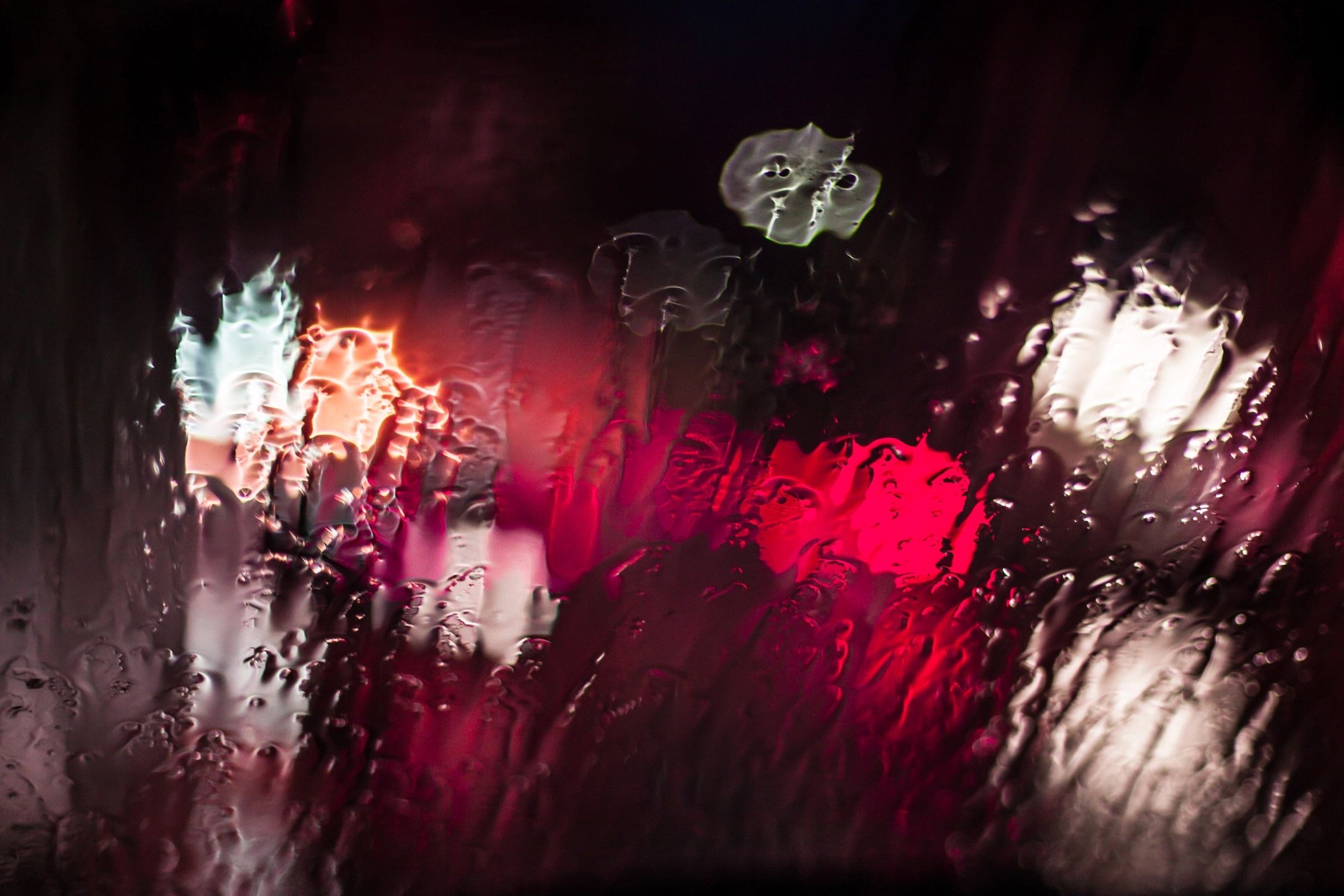American Daoism in the 21st Century Summary: Religious syncretism and variant, decentralized practices among immigrants and converts are a struggle facing 21st century Daoism practices in the United States. This diversity may result in the practices of “American Daoisms,” rather than one monolithic American Daoist tradition.
In the early years of the religion’s formation, Daoism quickly integrated several aspects of Chinese cosmology that were not obviously an initial part of the religion. The most prominent of these were the concepts of yin and yang. Daoism’s ability to syncretize with its surrounding context continued throughout the tradition’s history. When Buddhism entered China, Daoism absorbed many elements still seen today, elements such as the presence of altars to the bodhisattva Guanyin in many Daoist temples. Since Daoism did not travel in the same manner as, and lacked the popularity of, Buddhism, its numbers in America have grown relatively slowly. Today, it is estimated there are around 30,000 Daoist practitioners living in the United States. Now that American Daoists are becoming a larger part of the religious landscape, this openness to change is shaping the religion in distinct ways and presenting unique issues.
https://hwpi.harvard.edu/files/pluralism/files/american_daoism_in_the_21st_century_1.pdf






